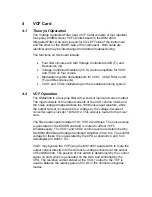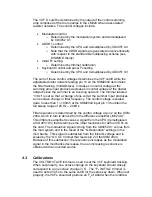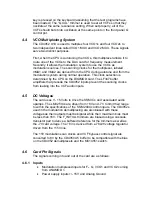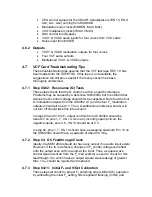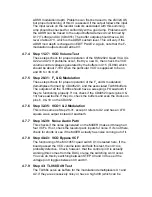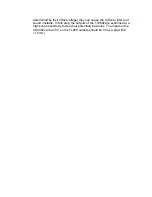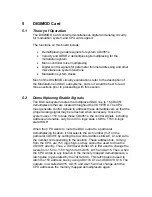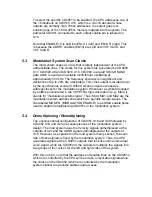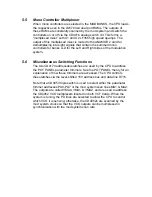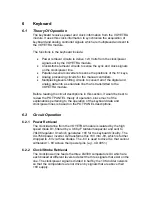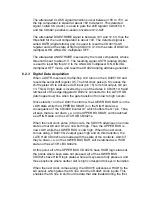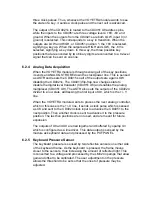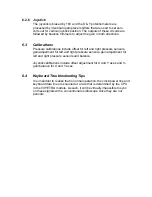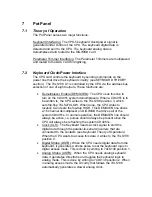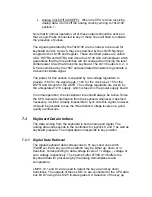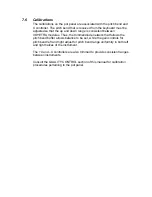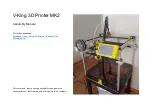
6 Keyboard
6.1 Theory
Of
Operation
The keyboard receives power and clock information from the VOYETRA
module. It uses this clock information to synchronize the acquisition of
keyboard and analog controller signals which are multiplexed and sent to
the VOYETRA module.
The functions in the keyboard include:
•
Power retrieval circuits to /-8 Volts from the clock/power
signal sent by the VOYETRA module.
•
Clock/strobe retrieval circuits to sense the sync and clock signals
on the clock/power line.
•
Parallel-to-serial
converters
to
sense the positions of the 61 keys.
•
Analog processing circuits for the manual controllers.
•
Multiplexing/level shifting circuits to convert all of the digital and
analog data into a serial data line that is transmitted to the
VOYETRA module.
Before reading the circuit descriptions in this section, it would be best to
review the POT PANTEL theory of operation, since much of the
explanations pertaining to the operation of the keyboard data and
clock/power lines is based on the POT PANEL descriptions.
6.2 Circuit
Operation
6.2.1 Power
Retrieval
The clock/data line from the VOYETRA module is isolated by the high
speed diode D1, filtered by a 0.68 µF tantalum capacitor and sent to
78L08 regulator U1 which gen8V for the keyboard circuitry. The
ICL7660 power inverter U2 transforms this +8V into -8V, which is further
dropped to -6V via three diodes. The -6V is used to drive ICs that cannot
wit/- 8V across their power pins (
e.g.
, CD4051.)
6.2.2 Clock/Strobe
Retrieval
The clock/power line feeds the three LM339 comparators U4 which are
each biased at different levels to detect the three signals that exist on the
line. The clock/power signal is divided in half by the 10K divider network
so that the comparators are not driven by signals that are above their
+8V supply.






